
What Is The Best Kids’ Waterproof Winter Coat?
A kids’ waterproof winter coat is a must-have piece of kit if you plan on heading out on a wintery adventure with your little one this year. Find out why.

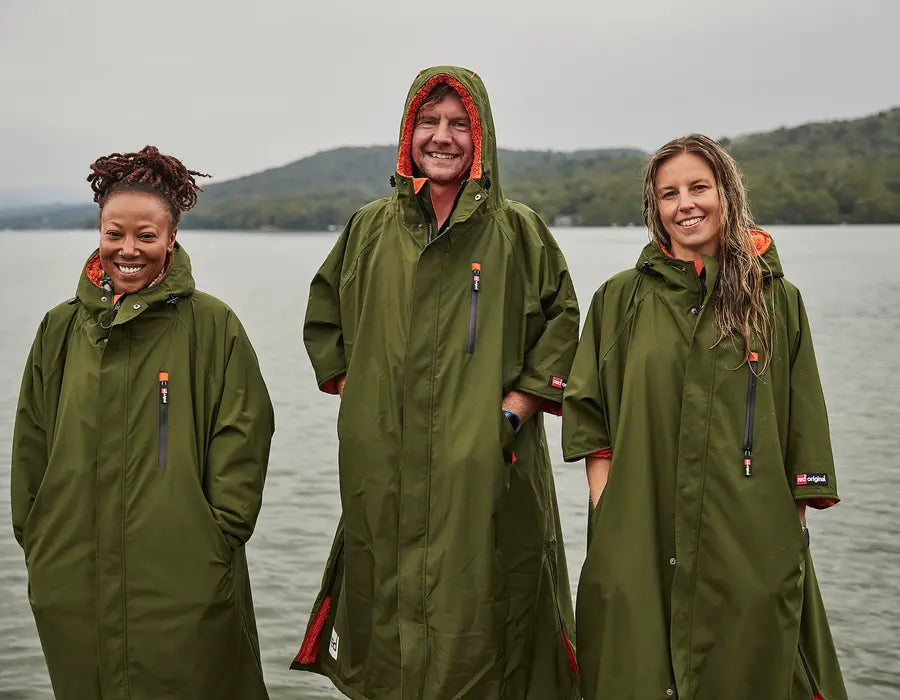
Written by Lydia Burdett /
Whether you’re walking the dog, changing outdoors after a swim, or heading off on a hike, your equipment needs to be waterproof. The weather can be undoubtedly unpredictable, yet there’s no denying that getting soaked through is not only uncomfortable but also inconvenient. That’s why the waterproof rating and breathability of your outer layers can be absolutely critical, helping you to stay dry no matter the conditions. But what exactly do these ratings mean, and why do they matter so much? We have broken down everything you need to know about waterproof ratings in this guide.
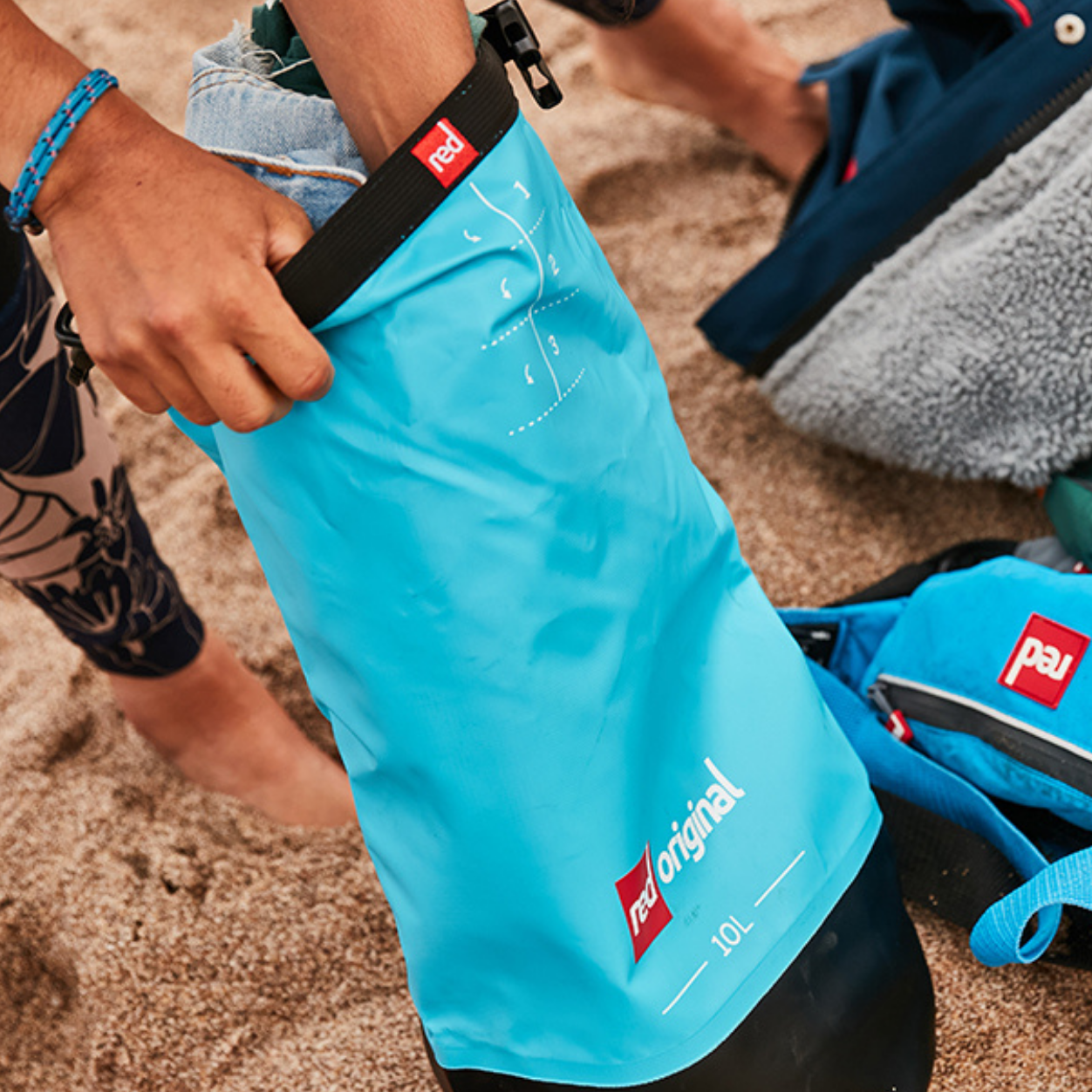

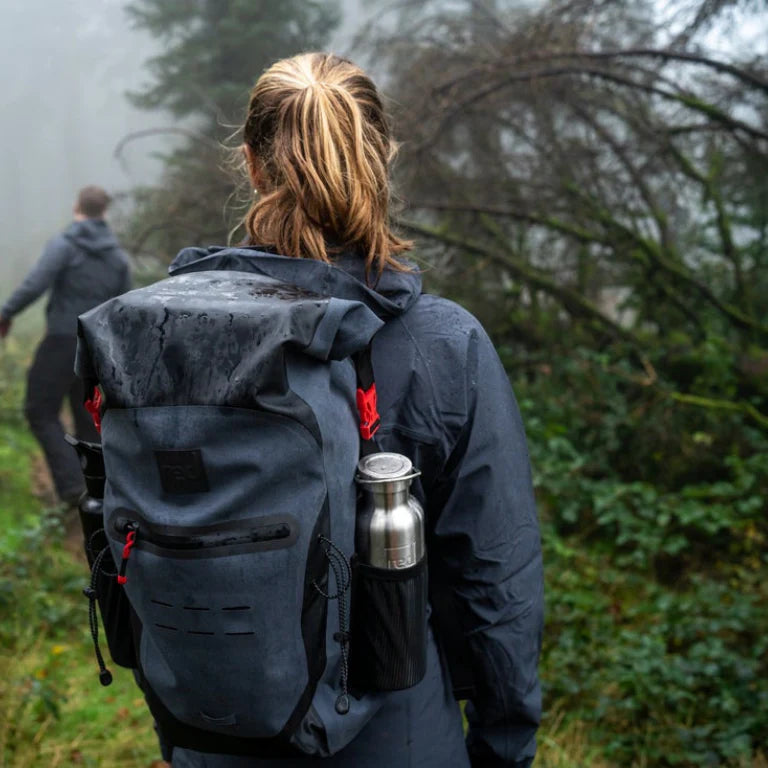
Choosing equipment that will keep you dry on your adventures should always be a priority and this means that appropriate waterproofing is probably the first feature you’ll be looking for. However, not all waterproof gear offers the same level of protection and this is where waterproof ratings come into play.
Waterproof ratings indicate how well a fabric can resist water penetration. These ratings are measured using the Hydrostatic Head (HH) test, which determines how much water pressure a fabric can withstand before it starts to leak. The measurement is taken in millimeters and represents the height of a column of water that the fabric can endure before allowing moisture through.
Waterproof ratings are categorised based on the level of protection they provide. The higher the number, the more waterproof the fabric is. Below is a general breakdown:
While waterproof ratings measure how well a garment keeps water out, breathability is just as important for staying dry. Without breathability, moisture from sweat can accumulate inside your clothing, leaving you feeling damp and overheated.
External factors, such as temperature, humidity and wind, also play a significant role in how effectively a fabric breathes. For example, in humid conditions, moisture can struggle to escape from fabrics with a poor breathability rating. A well-balanced fabric, with both a good waterproofing and breathability rating, should allow perspiration to escape while keeping the pressures of the external environment at bay.
Breathability ratings measure how efficiently a fabric allows moisture (sweat) to escape. They are typically measured in grams per square metre per 24 hours (g/m²/24h), which indicates how much moisture can pass through a square metre of fabric in a day.
Breathability is categorised using the following scale, with the higher ratings offering the most moisture management:

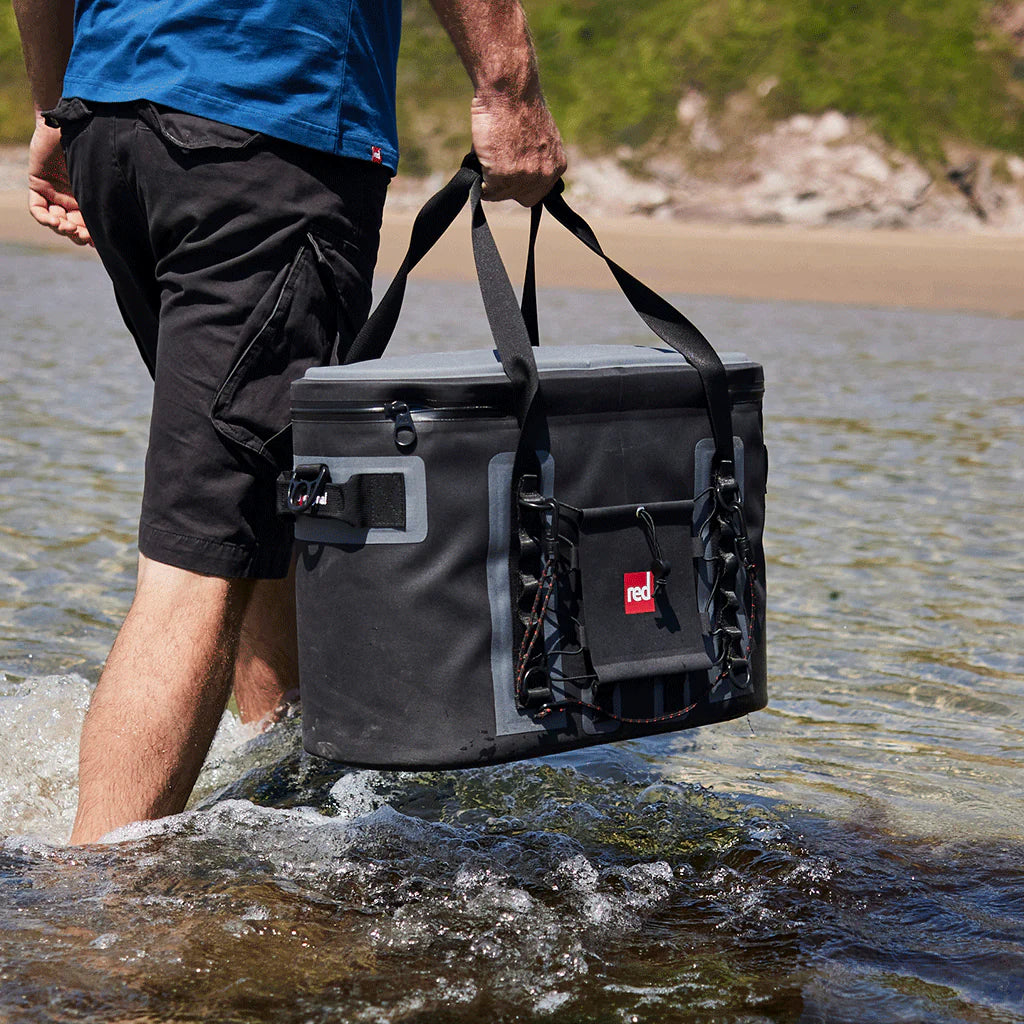
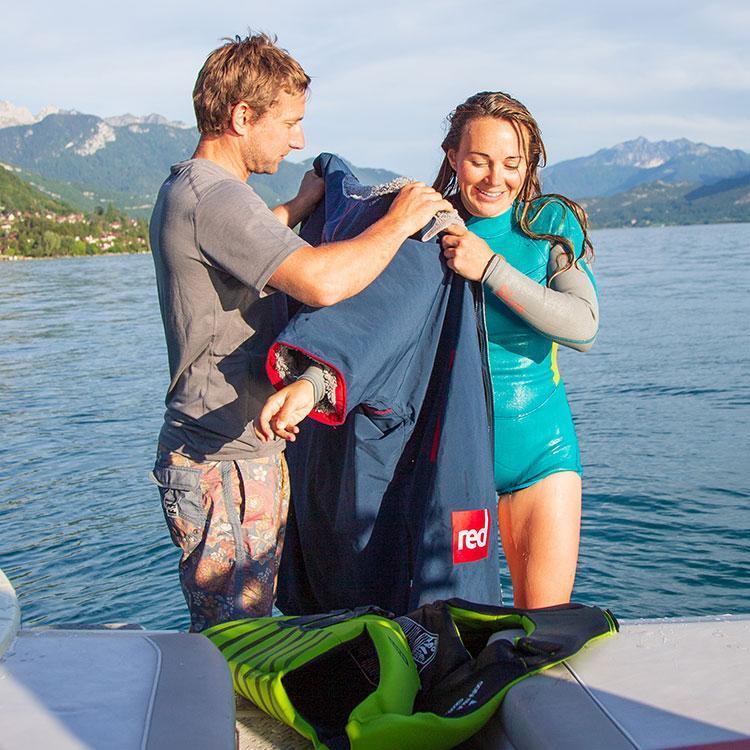
While waterproof and breathability ratings are the strongest indicator of how well your equipment will keep you dry, other features play a vital role in enhancing the defensive properties of the fabric. Some key design elements to look out for include:
If you’re choosing new waterproof clothing, it can be easy to fall into the trap of thinking that you need to be wearing the highest waterproof and breathability ratings at all times. In fact, the highest ratings are only required for the most extreme weather and sports and the ‘best’ rating will vary quite significantly depending on the type of activity you’re planning to undertake. For most outdoor activities, a more balanced approach with mid-level waterproofing and breathability will be the perfect solution.
At Red, we’ve designed our leading waterproof changing robes with this in mind. Our innovative Pro Change Robe EVO range is rated 15k waterproof and 8k breathable, keeping you completely dry whilst enjoying complete comfort. These waterproof and breathability ratings are further enhanced by a range of carefully considered design features, including a peaked hood, DWR coating and ventilated hem. Whether you need complete comfort post-cold plunge, or reliable defence from showers on your daily errands, this combination delivers unrivalled waterproofing and breathability from this kind of garment.
If you have any more questions about waterproof ratings and breathability, or wish to learn more about the ratings of our products, don’t hesitate to get in touch with us.
Your bag is currently empty.
Creating an account has many benefits: